When it comes to protecting your tender plants from frost or freeze damage, here are the things you need to know. You should be prepared from the start to keep your plants from suffering significant winter losses.
When it comes to how to protect plants from frost, you need to follow the following steps and directions below. They should specifically be used when frost is predicted to happen around your area. They're the steps that will safeguard all of the vulnerable plants mentioned above.
The Actual Steps In Safeguarding Your Garden
#1. Watch Out For 32°F

You can better safeguard your plants from frost if you know when it's coming. Indeed, you might be curious at what temperature does frost occur on plants. If you have a thermometer that measures the temperature of the garden, then you better watch out when it's 32 degrees Fahrenheit. That's the exact figure or number of when frost occurs in your garden.
It's even easier if you measure by Celsius or Centigrade. The freezing point is 0°C or 0 degrees Celsius or Centigrade. So that's what the temperature to cover plants is at that kills any plants of yours that can't take the freezing, desiccation, and eventually thawing (extreme temperature changes) brought upon winter. Just check your local weather or city thermometer in regards to the predicted temperature of the day as well.
#2. Bring The Plants Indoors

If your plants are frost tender, then you can protect your plants from winter and freeze by putting them inside your home. This will keep them from dying during cold weather because you have a heater or fireplace within the interior of your house. Just dig up the tender bulbs then store them in a place that's dry and cool.
For good measure, put your potted plants within the home to keep them from being frosty outside, but never forget to water them on the inside as well. Be careful about the amount of water they get because they can get waterlogged too. Also, excess water on the pot will make a mess because they have to go somewhere if you fill them up too much (all over the floor or shelf).
If you grow so many plants and cannot bring them indoors, prepare a lightweight snow blower. It helps to clean snow after snow day. A great solution for indoor gardening is Aerogarden. You can check this Aerogarden review by Garden Youth to learn more.
#3. Water Plants More Than Ever Before

Desiccation or drying out of plants is a major problem when it comes to gardening in the winter. This is the same reason why humidifiers are so common in households during winter even when you have a heater or HVAC system on. Plants should be watered thoroughly (without water-logging them) before the freeze happens to keep them from drying out like a cracker.
Add insulating water to the plant cells and soil by watering them. The more hydrated a plant is the more insulated it becomes. A blanket or shelter can only do so much when frost comes and lowers the humidity of the area to the point of creating a desiccating effect on your beloved plants during winter time. They could die outright from excessive dehydration if you're not careful.
#4. Blanket Protection or Plastic Sheltering
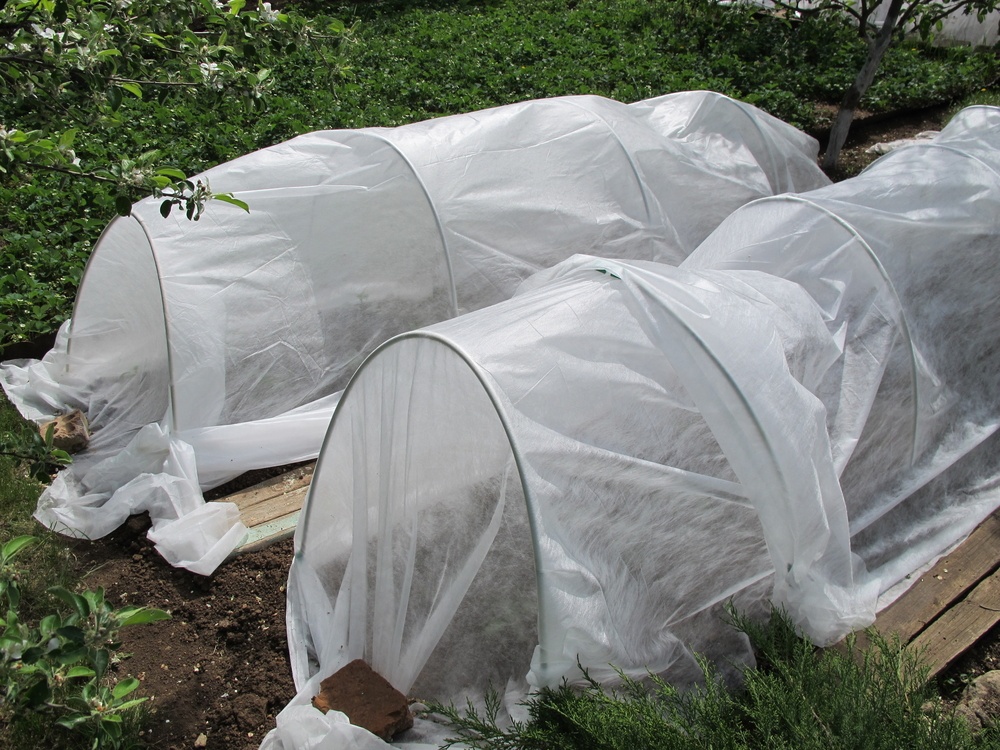
Shrubs can be covered with a blanket. This protects them from frost from autumn to spring. The blanket could also be an outright plastic shelter that will give your plants the greenhouse experience without you actually owning one. That's one of the ways how to winterize your garden for plant protection. Just cover your garden beds with a blanket or plastic while preparing the raised beds.
For good measure, the covered ground should get manure and organic matter compost into it to improve its quality and fertility for good measure. While it's covered from the frost and kept warm with a shelter or blanket, the compost should fertilize the ground all throughout the winter months. Make sure you use a thick wool blanket or a UV-resistant plastic in order to prevent the freezing and thawing temperature changes of wintertime from affecting your plants.
#5. Cover Plants With Cloches
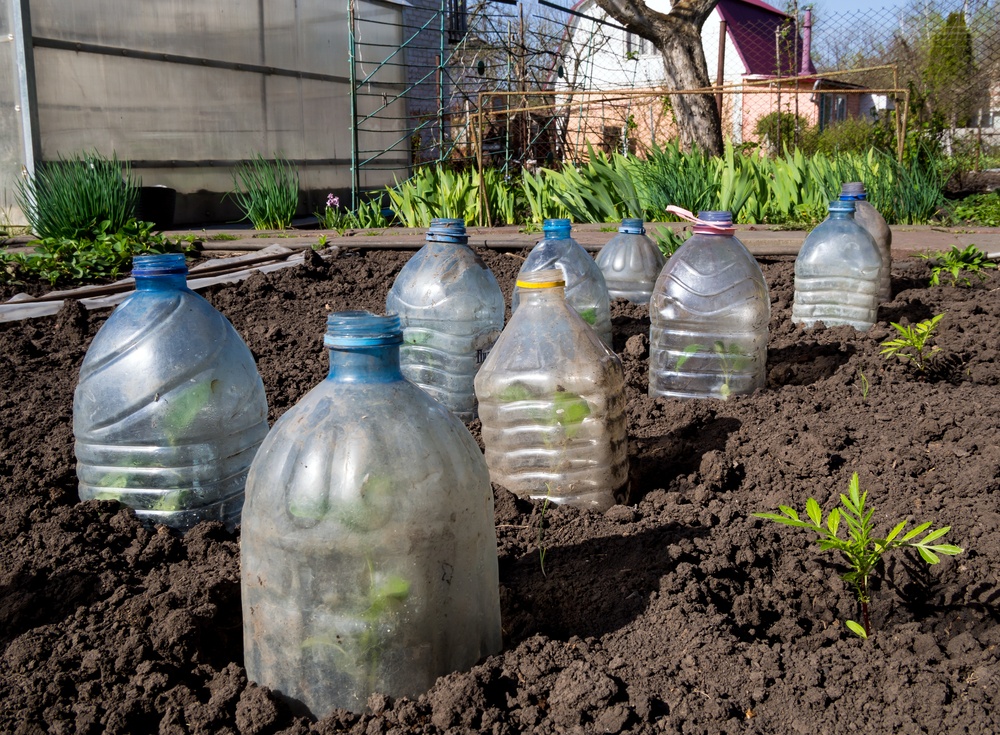
What are cloches? Cloches are removable plastic or glass covers that safeguard plants from the cold. They insulate the plants well enough due to the material they're composed of. They're also known as bell jars or bells. They fit over individual plants for the most part, but some cloches are big enough to cover a whole row of plants at the same time.
Cloches aren't only frost-protective. They're also highly ornamental. After using them outside for frost protection, they can double as houseplant protectors for humidity-loving houseplants like violets. Cloches should also be staked to the ground to keep them from blowing over. As a rule of thumb, it's cheaper to buy plastic cloches instead of glass ones, but these blow over easier.
Cloches are well suited for plants right next to the driveways or sidewalks. As soon as you plow snow, you can push so much snow to the two sides damages the low trees you planted during the summer and fall. So you should also buy a suitable snow plow that has high blades (range between 20 to 24 inches). They will ensure a large amount of snow is pushed forward and does not spill over to either side.
#6. Heat Up Water Jugs To Heat Up Plants

You have the option to heat up the water you use to water your plants. In regards to how to protect plants from winter, "not watering them with freezing cold water that defeats the purpose of freeze protection" is right up there on the list. You can warm up your plants by filling milk jugs with water then placing them out on the sun.
This will enable them to soak up the heat of the sun all throughout the day. From there, you can water them with warm water. You also have the option to set the jugs around the plants that are covered with a blanket. The water from the jugs will gradually lose heat more slowly than the air and the soil, thus giving warmth to your plants. Afterwards, when they're lukewarm, water the plants with them.
#7. Use A Bucket Or Flower Pot To Cover Tender Sprouts
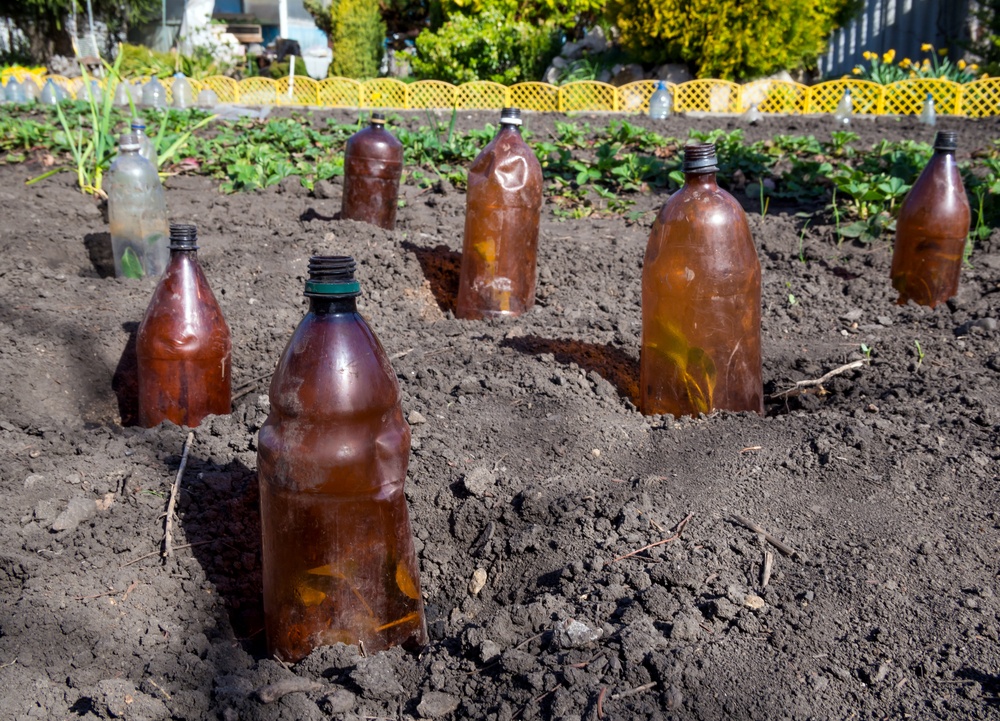
So let's say you have tender sprouts on your garden and winter is coming. In order to keep it from suffering the fate of Ned Stark, you should cover the tender plants overnight with a flower pot or inverted bucket. That's how to protect potted plants from frost (by putting an extra pot over them).
You can also insulate them with a layer of mulch. However, unlike with the blanket or plastic shelter solution, they should be uncovered in the morning once the temperature rises above freezing again. Otherwise, keep them covered to safeguard your young sprout and let it grow all throughout winter when push comes to shove.
#8. Cover Shrubs And Small Trees
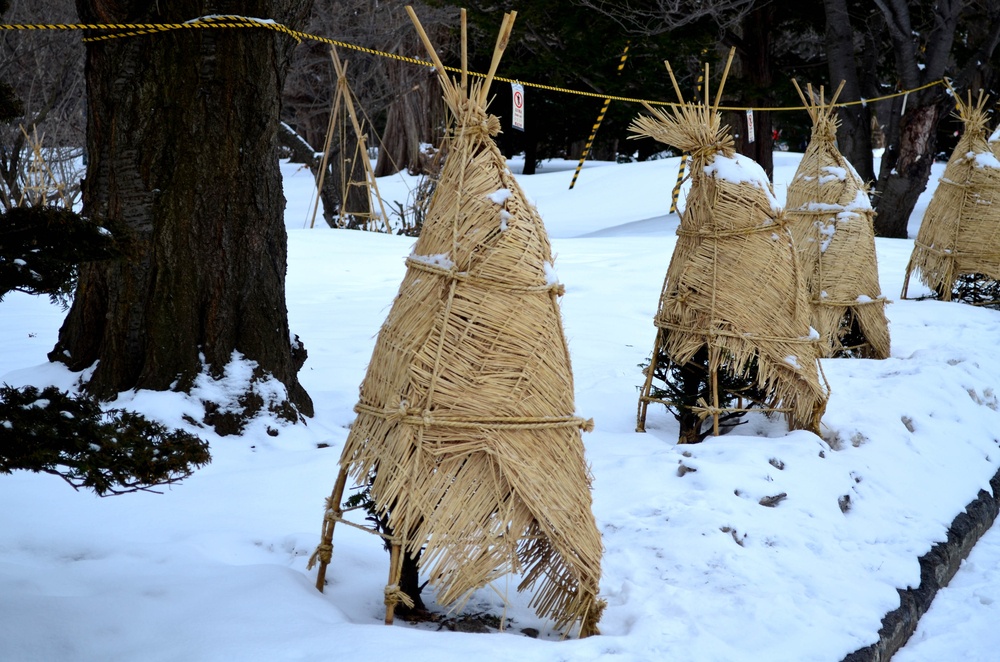
In regards to how to cover plants for frost, here's what you need to do. You should also cover larger plants with commercial frost cloths, burlap, old bed sheets, or any fabric. Don't use plastic for the bigger plants. Keep the cover from touching the foliage and drape it over the frame of the tree or the shrub. Obviously, the really big trees should probably be left alone.
In the case of a blizzard, you start this job (many people will notice it after each snowstorm). You need the powerful snow blowers to ensure there are not snow around the roots before wrapping them.
They should survive the winter fine due to their bigness and hardiness. Young trees or smaller trees should have fabric covering to help trap the heat into the soil, so have the cover drape the ground too. When the temperature rises, uncover them in the morning. Wrap their trunks or stems with tree-guard products or wire to protect them from gnawing critters as well.
#9. Assess Your Losses
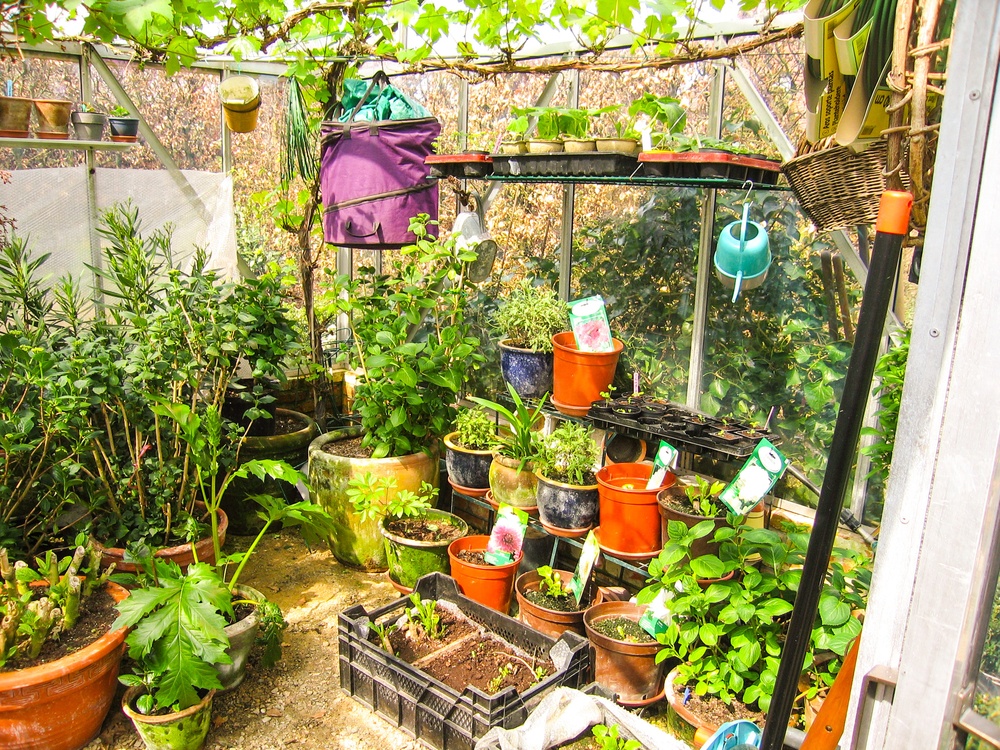
Resilient shrubs, trees, and perennials (a plant that can live for more than two years) can recover from a late spring freeze, even if visible damage were to occur (especially if they're the plants you chose to not be covered with plant frost protection fabric). Winter is something that leaves inevitable losses for many plants, even the hardiest of ones.
The fruit and blooms of many of your plants may be lost for the year. However, after they begin actively growing, you should be able to know and remove any permanent damage to branches and stems. Frost-tender plants won't recover at all, hence you should plant them at a greenhouse, hoop house or indoors until the freezing weather is gone.
#10. Practice Prevention
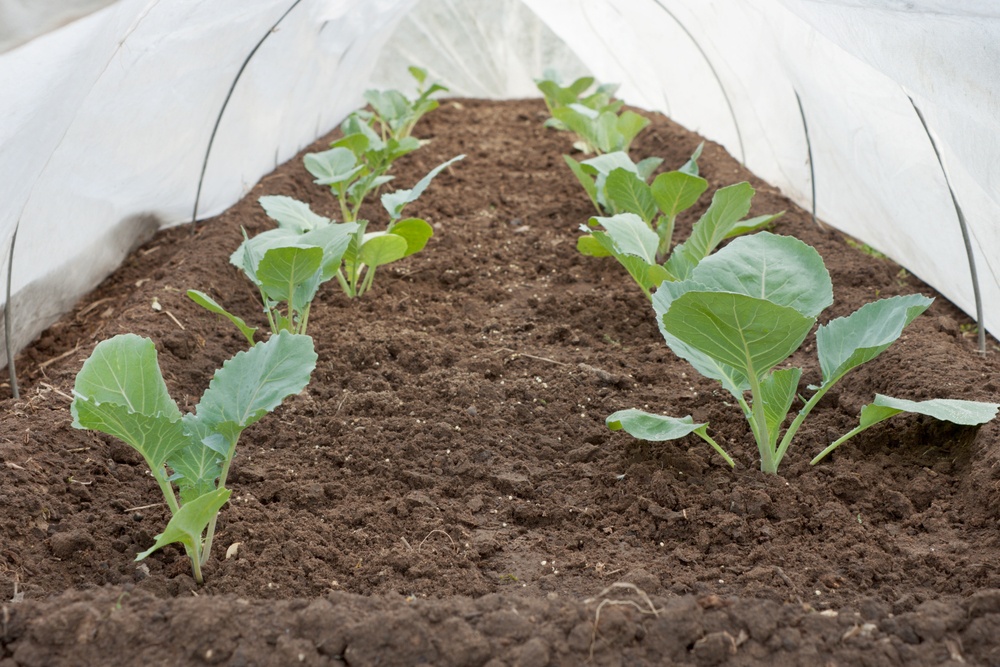
Prevent the death of plants in winter by keeping the frost-tender ones indoors and the hardy ones protected by covers, cloches, and blankets. You should also plant winter vegetables in the summer like onions, shallots, garlic, spring onions, perpetual spinach, broad beans, peas, asparagus, mustard, land cress, lettuce winter gem, lamb's lettuce, carrots, and Pak Choi.
You should choose to plant plants that can survive your climate zone, especially if you live in an area for a four-season climate. Ditto if you're in a place like Canada or Alaska, which has short summers and winter coldness for the most part. Prevention is better than the cure because by preventing disaster you won't have to deal with the disaster in the first place (like dodging a bullet, if you will).
Frost kills many plants and damages others. The most vulnerable plants in your garden are citrus trees, tropicals, houseplants, warm-season vegetables (pepper, corn, and tomato), warm-season annuals (geranium, petunia, and impatiens), tender bulbs (elephant ear and dahlia), and spring-blooming shrubs and trees (cherry, rhododendron, and azalea). Once the temperature is close to 0°C or 32°F, you should definitely watch out.
As far as how to protect plants from snow is concerned, it mostly involves preparation, blankets, plastic shelters, cloches, tree-guards, buckets, flower pots, watering plants more than ever before, and bringing frost-sensitive plants inside as potted plants or as harvested shrubs to be planted later. Regardless of the type of cover you use, you should make sure it extends all the way to the soil on each side.
Read more:
Guides to grow and care for your lawn
Pin It!


